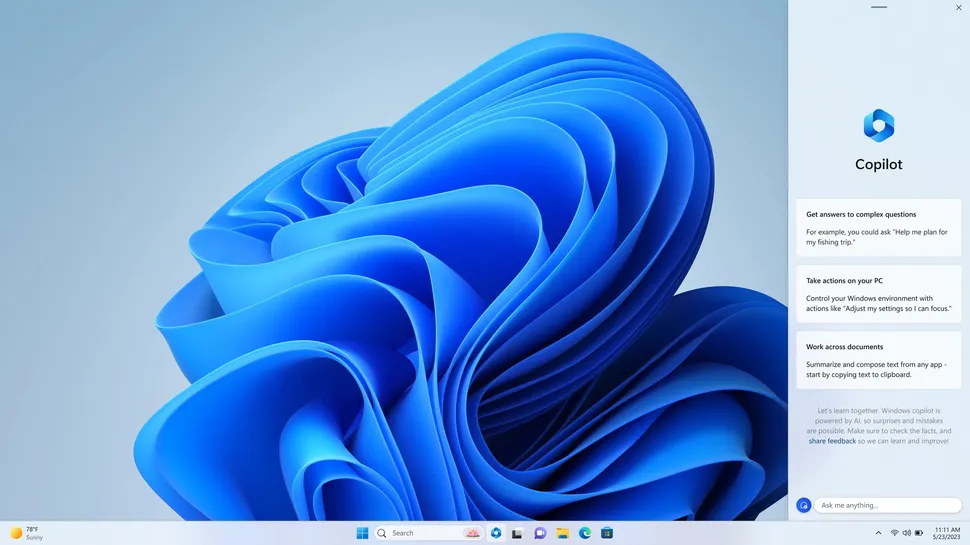
In a significant departure from its previous strategies, Microsoft is reportedly in the process of training its own in-house large language model (LLM) dubbed MAI-1. This move marks a notable shift for the tech giant, which has traditionally invested heavily in OpenAI and leveraged its models, including the expansive GPT-4 family of AIs, to power various Microsoft Copilot products.
The Rationale Behind MAI-1
The decision to develop MAI-1 appears to stem from Microsoft's desire to exert greater control over its AI technology. This strategic shift comes on the heels of key personnel changes within the company, most notably the hiring of Mustafa Suleyman, a former Google AI chief and founder of the Inflection AI lab. While Suleyman and his team have joined Microsoft, it is anticipated that MAI-1 will represent an entirely new model, distinct from existing offerings.
Implications of Microsoft's Investment in OpenAI
The revelation about MAI-1 follows Microsoft's substantial investment of over $10 billion in OpenAI, granting it rights to utilize the company's AI models. However, this development raises questions about the future of GPT-4, particularly its role in powering Copilot, Microsoft's consumer-facing chatbot featured on the Windows 11 desktop.
Microsoft's Strategic Approach
By pursuing the development of MAI-1 alongside its continued collaboration with OpenAI, Microsoft appears to be hedging its bets on the future of AI. This dual approach reflects the company's recognition of the evolving landscape and its commitment to exploring diverse avenues for innovation.

Addressing Challenges and Opportunities
One of the key challenges facing chatbot-style interfaces is the considerable operational costs associated with data transfer. Moreover, concerns surrounding data privacy persist, particularly with regards to queries sent to external servers for processing. While efforts are underway, such as Apple's initiatives for on-device data processing in its upcoming iOS 18 release, the sheer scale of LLMs presents a formidable technical hurdle.
The Promise of MAI-1
By concurrently developing a smaller-scale LLM alongside a more ambitious overarching model like MAI-1, Microsoft aims to strike a balance between efficiency and innovation. This strategic diversification may enable the company to cater to a broader spectrum of user needs, ultimately enhancing the user experience across its AI-driven products and services.
Conclusion
As Microsoft forges ahead with its plans to develop MAI-1, the tech industry eagerly awaits the unveiling of this groundbreaking LLM. With its potential to reshape the landscape of AI technology, MAI-1 represents a bold step forward for Microsoft and a testament to its unwavering commitment to pushing the boundaries of innovation.
